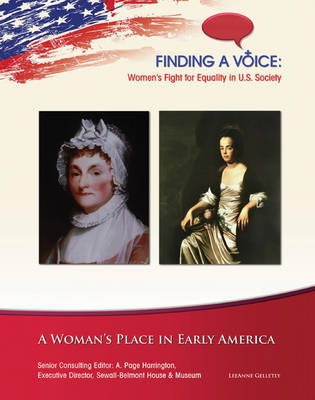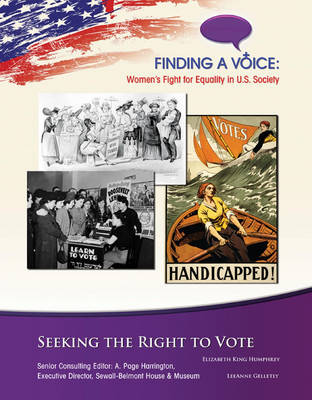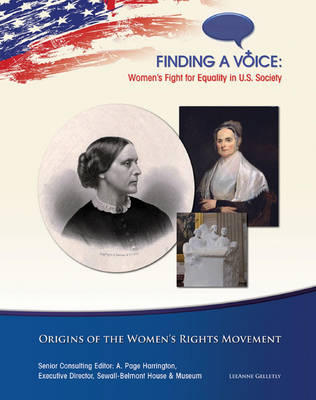Finding a Voice: Women's Fight for Equality in U.S. Society
4 total works
It took decades, and a Constitutional amendment, for all American women to get the right to vote. But the legal right to vote did not guarantee equality under the law. Suffrage leader Alice Paul believed another amendment was needed. In 1923, she wrote the Equal Rights Amendment. It was introduced in Congress. And the national debate over the ERA began. The major principle of the Equal Rights Amendment is that gender should not determine any legal rights of citizens. Supporters believed the ERA would keep women from being denied equal rights under federal, state, or local law. The ERA had many opponents in the 1920s. And it had even more in the 1970s, after Congress passed the measure. Although it failed to pass by its 1982 ratification deadline, some people believe the ERA is still alive. They are continuing the effort to put equality for women in the U.S. Constitution.
In early America, married women had no rights under law. They belonged to their husbands. Their voices were not heard in public. But with the War of Independence, women found a voice as patriots. They supported the rebellion with boycotts. During wartime, women spied on the enemy. They served as messengers. They tended the wounded. Some even served as soldiers. Women performed daring feats of bravery. And they proved they were capable of doing much more than 18-century society allowed them. Some women called for change. Abigail Adams asked that the laws of the new nation recognize legal and educational rights for women. Judith Sargent Murray called for educational reform. It would take several more decades before women took up the cause for their legal, educational, and political rights. But leaders of the movement would be able to look to 18th-century American women for inspiration.
It was women who first picketed the White House for a political cause. In 1917, they held banners and signs calling for suffrage for women. They wanted the right to vote. These suffragists were continuing a protest that had begun in 1848. Elizabeth Cady Stanton helped found the suffrage movement. Her friend Susan B. Anthony shaped it. They would both live long enough to see women gain the vote in a few states. But it would take another generation to finish the campaign. Among those activists were Carrie Chapman Catt, who took a disciplined and moderate approach, and Alice Paul, whose confrontational style led to picketing the White House. The fight to achieve the vote was long and hard. Suffragists followed both moderate and militant paths. But they shared the belief that women were citizens of the United States. And that meant they had a right to vote.
In the 1800s, women were second-class citizens. By law, married women were owned by their husbands. Women had no political rights. They could not vote. They could not hold office. By custom, women did not dare speak before men in public. But some women refused to be silenced. They saw wrongs in the world that needed fixing. The injustice of slavery led women like Lucretia Mott, Angelina Grimké, and Lucy Stone to step outside traditional roles. As women abolitionists, they lectured, circulated petitions, and lobbied lawmakers. But female reformers soon became frustrated. Men-only groups prevented women from speaking. Their help was often rejected. This led a determined few to call for equal rights for women. Among the movement's early leaders were Elizabeth Cady Stanton and Susan B. Anthony. Along with many other women activists, they would fight for a woman's right to be a true citizen of the United States.



